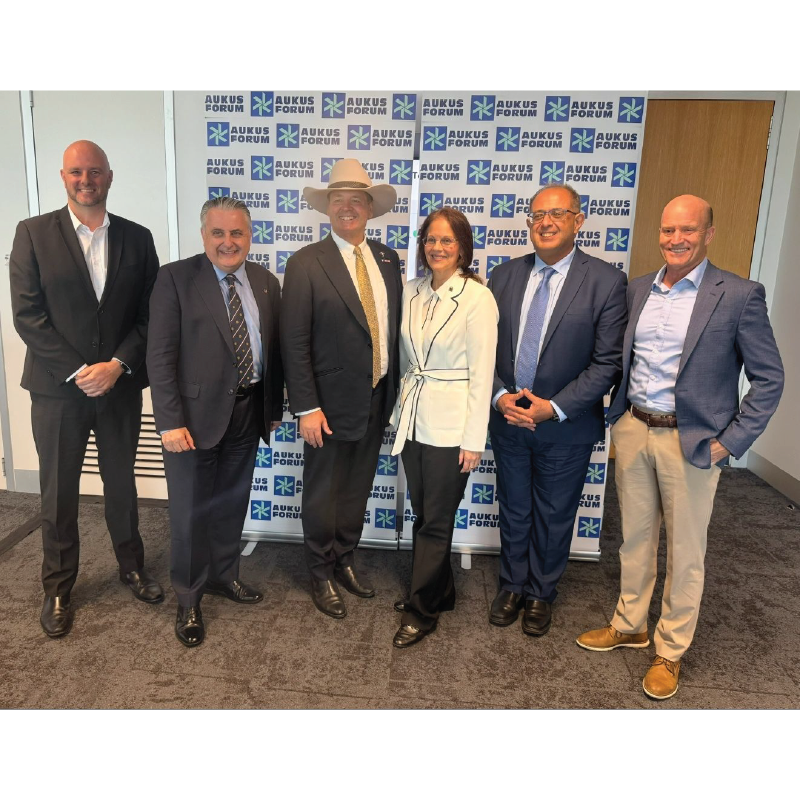News Story
Two patents for Ephremides and Ayyagari
Professor Tony Ephremides (ECE/ISR) and ISR alum Deepak Ayyagari were recently issued two US patents. Dr. Ayyagari earned his Ph.D. in electrical engineering in 1998; Dr. Ephremides was his advisor.
The pair received US Patent 6,879,572 on April 12, 2005 for "Power Control for active link quality protection in CDMA networks." The invention is a system and method for dynamically limiting the power of all users of a CDMA digital data link to maximize throughput and reduce interference among users. In the operation of the data link, the maximum power available from each user of the link is determined along with the minimum power needed from each user to meet its link service requirement, that is, quality of service and frame error rate requirements. The maximum to minimum power ratio is derived for each user and the lowest power ratio, that is, the power ratio closest to unity is selected and used to scale upward the minimum power levels of all users of the data link. The resulting power level establishes the interference margin or slack available for all users of the data link and the interference slack available for new users to be admitted to the data link.
They were issued US Patent 6,894,991 on May 17, 2005 for "Integrated Method for Performing Scheduling, Routing and Access Control in a Computer Network." This is an integrated highly adaptive method to perform scheduling, routing and access control in a network. The network is made up of a plurality of nodes interconnected by links between at least some of the nodes wherein at least one path interconnects all of the plurality of nodes. The nodes are organized into at least one of a cluster and a clique and the network has a network-wide capacity to send data packets in slots delineating time frames on the network between the nodes on the network defined by the links. The plurality of nodes can be configured to process at least one flow comprising at least a portion of a transmitted and received data packet for which the plurality of nodes must manage to get the data packets to a desired node on the network. | ISR patents page |
Published July 22, 2005









